Clothes have their own personality. A good sewing expert will always understand how one part of a dress can change the overall feel and tone of the whole garment.
When sewing clothes, being mindful of the different elements involved can help you achieve the effect that you want, whether it’s classy, casual, or a bit of both.
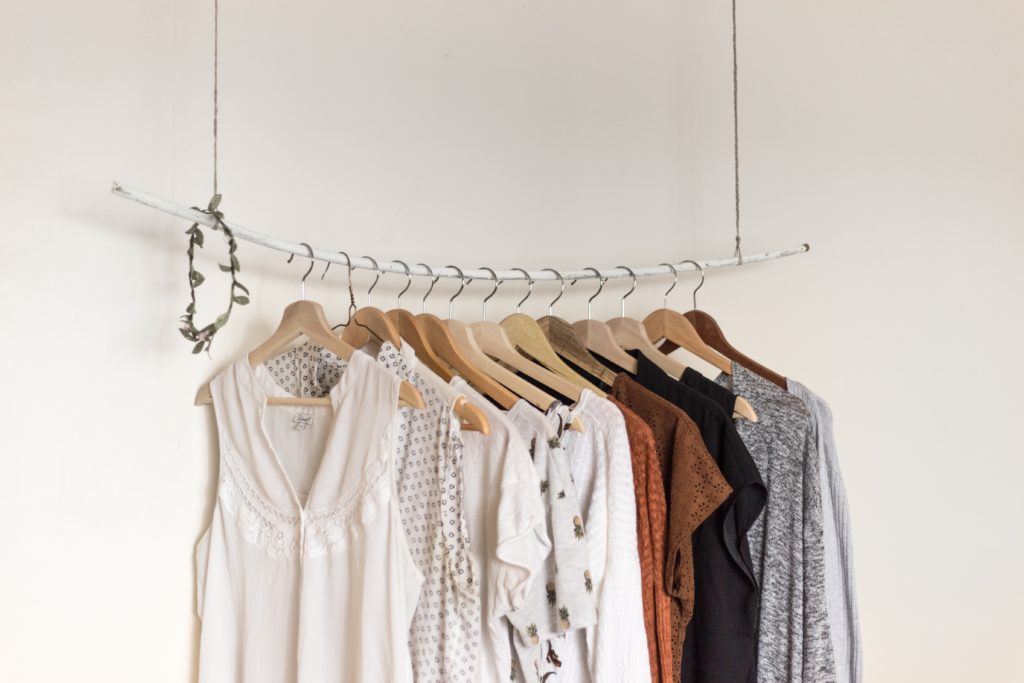
The neckline of a garment can set the tone of an entire outfit, just as much as a waistline or the type of fabric. Unfortunately, though, necklines are often overlooked.
Knowing the different connotations of neckline styles can help you choose the right one, whether you’re looking for something to wear in meeting the Queen or just for a night out with the girls.
With all the types of necklines to choose from, you may need a bit of guidance in navigating all your options. That’s why we’re here!
In this article, we’ll explain the differences between certain necklines, discuss which are best used in casual or formal settings, and delve into how collars affect this stylistic balance. After all, the right collar will jazz up your outfit as much the right neckline would!
While we’ll be focusing mainly on collars or necklines as they relate to dresses, many of these styles can easily be paired with a blouse or typical shirt! So, without further ado, here’s what you need to know for your next project.
Types of Necklines for Dresses
Dresses aren’t just for fancy functions; they’re also great for casual dates out in the park or even the beach! However, with the right neckline, you could go from fancy to formal.
No matter where you’re going or what your style is, here are some common necklines to get you started.
See more: 20 different types of dresses.
Halter
The halter neckline is commonly found in sportswear and swimsuits, due to the bust support that it provides. It is great for women who have strong shoulders and it can be great for body types with wide hips.
The halter is characterized by a neckline that comes together at the back of the neck so that it will always be sleeveless.
Making a halter top is easy and can even be achieved by transforming other shirts. Simply cut off the sleeves, cut a sloping line at the beck, and connect the neckline behind the neck using either lacing or extra fabric.
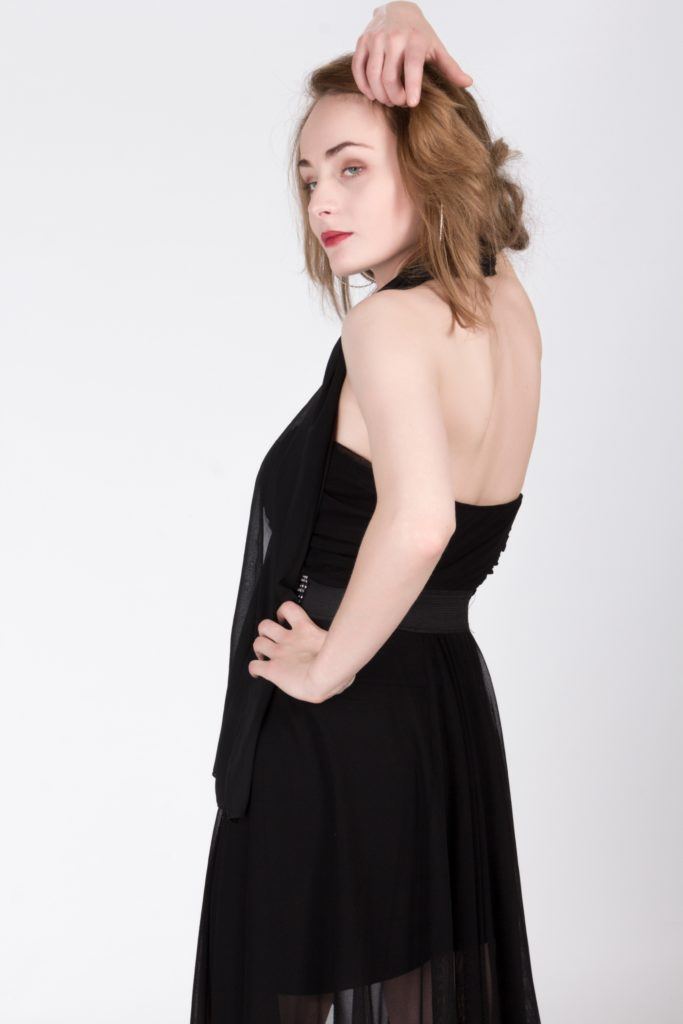
Asymmetric
The asymmetric neckline is characterized by just one shoulder with a strap or sleeve. This neckline can be paired with a number of other types, such as the crossover neckline.
Since there is such a range of asymmetric neckline types, achieving it is just a matter of changing the center of the neckline and creating your pattern accordingly.
You have more freedom to customize with this look.
Bateau or Boat Neckline
Also known as the boat neckline, a bateau is a wide neckline that shows off the collarbones.
Akin to its name, the boat neckline is shaped much like the underside of a boat. It is perfect for almost any occasion, and is great with a long, drooping necklace.
To sew this neckline, raise the front about half an inch, and lower the back about half an inch as well. Widen the slope accordingly.
Cowl
The cowl neckline looks like a boat-neck, but with gathered fabric that results in a more relaxed and comfortable appearance.
The cowl neckline is often seen paired with winter clothing and is great with heavier pieces of fabric. The effect it has is a cozy piece of garment with a neckline that almost acts like a shawl.
The cowl is perfect for almost any type of body shape.
To create a cowl neckline, first, you will need to create a bias cut. The excess fabric is then gathered at the neck, to create an effect that looks much like a cowl.
Here’s a video showing how to make a cowl neckline.
Jewel
The jewel is one of the most common necklines, and most of the clothes you own probably have this style.
Its design is close to another common type known as the crew cut, which can be mostly found on T-shirts. Unlike the crew cut, however, jewel necklines don’t have an edge, making them the more formal of the two.
Jewel necklines are perfect for almost any body shape and any occasion; it’s casual enough to be paired with jeans and formal enough to be worn with a pencil skirt.
Jewel necklines are best made with thin fabric that has a solid, formal color.
Jennifer of Jennifer Maker suggests creating a jewel neckline by finding the center top of your garment, and then creating a circle just a bit below and to the left of this center.
Scoop
A scoop neckline is like a jewel style, with its center scooping low and showing the bust.
To make a scoop neckline, simply follow the neckline pattern of a similar cut (like a jewel or V-neck) and add an inch to the center of this style.
Sweetheart
The sweetheart neckline has the shape of a heart, with the tip of the heart accentuating the bust.
It is considered to be one of the most feminine-looking necklines and isn’t usually found in casual wear. However, it is very popular with wedding gowns.
Thanks to its shape, this neckline is perfect for women with larger busts, although these very same women may have a harder time finding a gown that doesn’t need to be adjusted.
For women with smaller busts, this neckline is perfect to show off just the right amount of cleavage, while still being formal and polite.
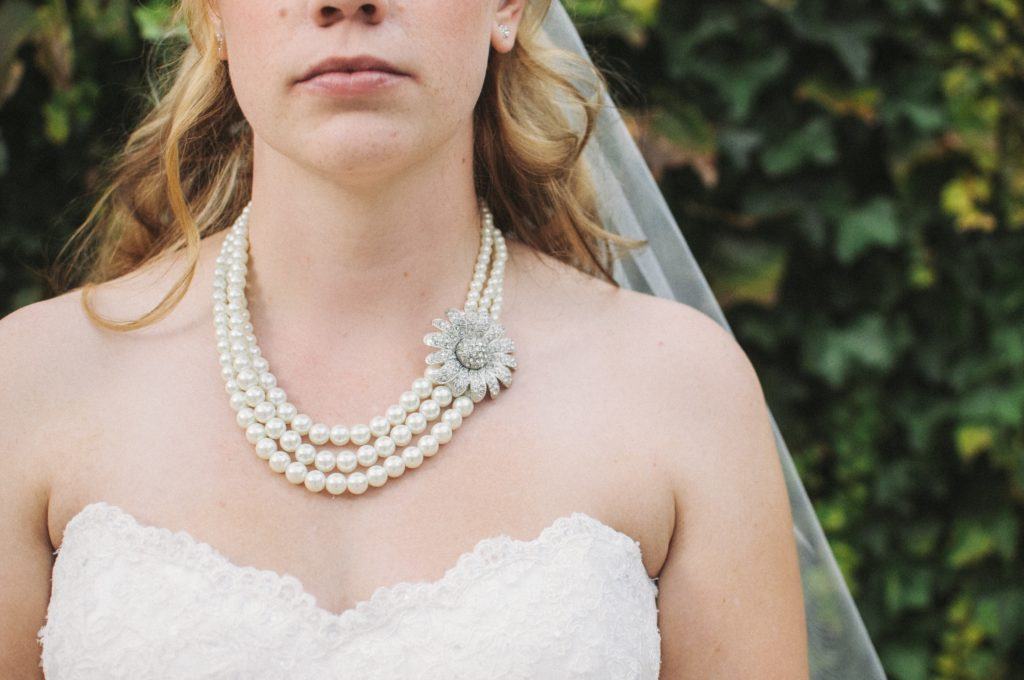
Its cousin, the semi-sweetheart, has less of a downwards slope, making it a more casual, and therefore more common, choice. The semi-sweetheart can be found in blouses, as well as most dresses.
To sew a sweetheart, trace an inch from the neck edge, draw four inches downward (parallel to the shoulder), and then connect it three inches from the neck edge.
High-Neck
As the name suggests, the high-neck style ends just below the chin.
Like the halter, this neckline is also great for women with strong shoulders, but with the added benefit of suiting women who have a small chest, thanks to its shape.
Since it offers more coverage, it’s ideal for colder seasons or outdoor activities, and can flatter almost any body type.
A high-neck is achieved by cutting the shoulder seams in an upward slant or curve.
Illusion
Illusion necklines are a perfect compromise between achieving the effect of a neckline’s shape, without having to feel like you’re exposing too much.
This is accomplished by creating two necklines, with the second, higher one being constructed using sheer or lace fabric.
The first neckline can be created in any style. This neckline is often seen in wedding contours because of its delicate, feminine look.
Ladies Dress Collar Styles
Now that you have a neckline, why not add a dress collar? Dress collars are a great addition to any project.
Further reading: How to sew a collar.
Depending on the collar of your choice, you could find one to add flair and sophistication, or a dainty and feminine look.
While it may seem to be the case, dress collars aren’t just for formal occasions. With the large range of collars that you can add to your garment, you are bound to find one that suits your needs.
Here are six commonly used ladies dress collar styles to add to your project.
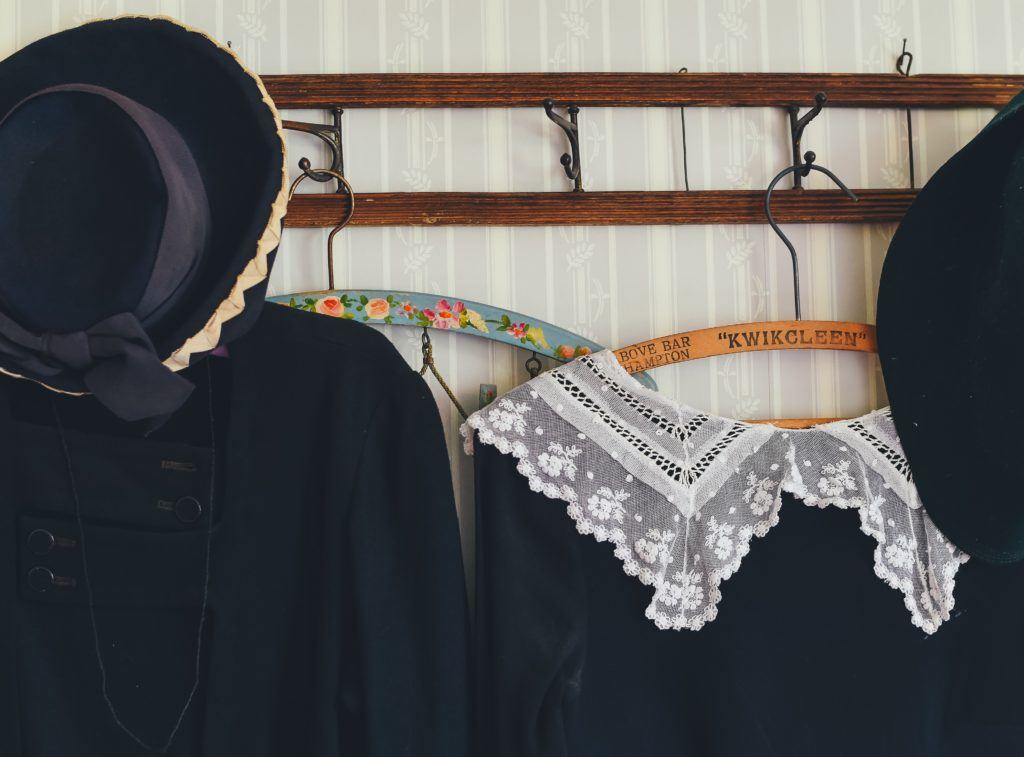
Peter Pan
A peter pan collar is flat with rounded corners, following the curve of the neckline.
The name takes its roots from the 1950s film, Peter Pan, which popularized the dainty-looking collar. Because of (and perhaps despite) its popularity in the 1920s, this collar gives a timeless look to any garment.
To sew this collar, follow the neckline, adding an opening to the front. The back is similar, following the neckline with a collar at about two inches.
Sailor
Sailor collars, like the peter pan collar, are flat. Unlike the peter pan, however, it has a center which tapers to a V-shape at the front, with a square flap at its back.
Fans of Japanese culture would recognize this collar as the one commonly used for Japanese school uniforms. However, they aren’t just for school uniforms; all over the world, they are used as a common collar in children’s dresses.
This collar is created by making a square shape for the back, and a pointed edge at the front. The front edges are then sewn together.
Here is a good tutorial that illustrates this in more detail.
Straight Collar
Straight collars are one of the most popular around. They follow the sailor’s shape at the front of the collar, but they do not lay flat.
Typically, this collar is found in men’s clothing, but that doesn’t mean that they’re barred from women. In fact, they are a formal addition to enhance any high-class blouse and they even suit dresses very well.
The straight collar is made by measuring the neckline, then halving this measurement for the bottom length and adding one inch for the top.
Connect these lengths in a slanted line for the center. Double this and connect the center. There you have it!
Here’s a video showing an example of how to sew a straight collar.
Shawl
Unlike other collars, the shawl collar is a more relaxed and casual look. It achieves a mature look, without making it too formal. Its style is also reminiscent of vintage work suits, a call-back from the 80s.
Garments with shawl collars are often paired with dress pants or slacks and are a great choice for a working woman in the office or a casual stroll outside during the colder months.
It follows a neckline that reaches near the waist and lays flat against the garment. A shawl collar pattern is often made of three different pieces: the bust and the collar itself, both front and back facing.
To draw your own pattern, you will need to measure the neckline and extend this to create a lapel, which you would then use to add your bust. More detailed instructions can be found here.
Bow Collar
As its name implies, bow collars are simple collars with a bow attached to the center.
Compared to other collar styles, bow collars look more casual, making them perfect for laid-back occasions and simplistic dresses.
However, because of their nature, bow collars are flexible; with the right color and material, they can also be worn at any formal gathering.
Bow collars are often bands of cloth attached with a bow. However, if you want to create a traditional bow collar, start with a straight collar and attach a bow in the front.
For a more formal-looking version, choose a fabric with thick material and solid, formal color.
Mandarin
Mandarin collars, also called the standing collar, band collar, or choker collar, is a short variety that stands up unfolded from the garment.
Its name comes from ancient China, where the collar was a part of the bureaucratic uniform.
To create a Mandarin collar, first, measure the length of your collar. Measure the center of this length. From one end of this length, measure about 1.5 cm upward. From this point, create a slope that connects the middle mark.
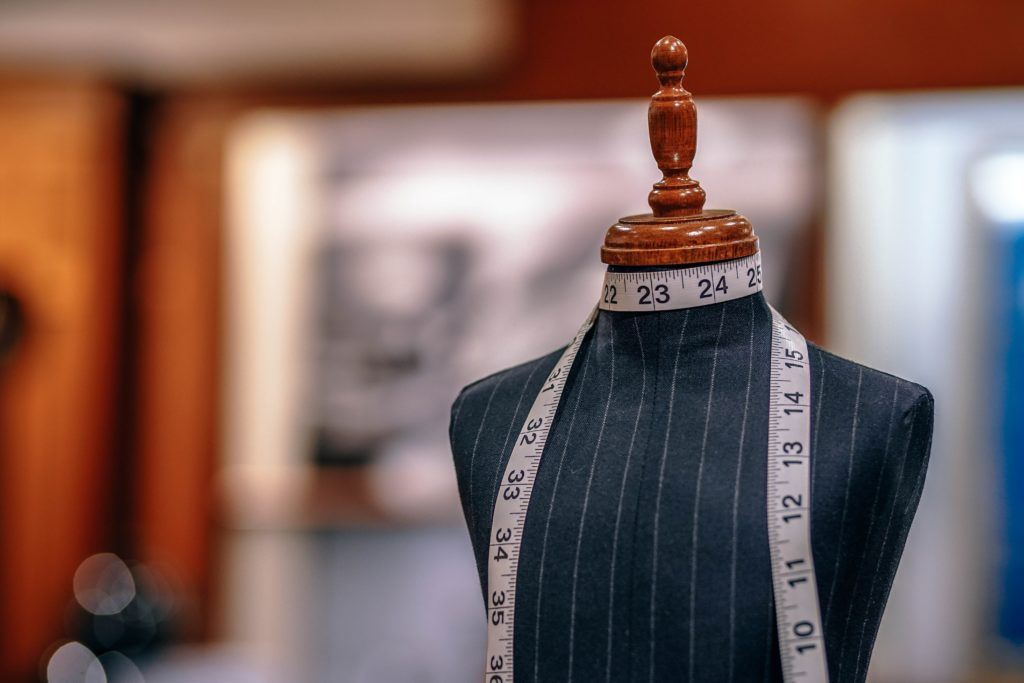
Then, add the top edge of the collar, making sure that the width of the collar remains consistent. Reflect this pattern to make a long flowing piece that you could use to connect to your garment.
For more detailed instructions, check out this tutorial.
Fun with Necklines
While mostly taken for granted by the general populous, it’s a great advantage for you to understand how much a neckline can provide an overall look and feel for a garment.
While other sewing fans may find bothering with the neckline to be a trivial practice, a good sewing expert knows that it can change how a garment works.
Thankfully, there are many necklines and collars to choose from, and one of them is bound to be perfect for the occasion. It’s just a matter of keeping them in mind, and you’ll have the right look in no time.
What are some of your go-to neckline styles?
